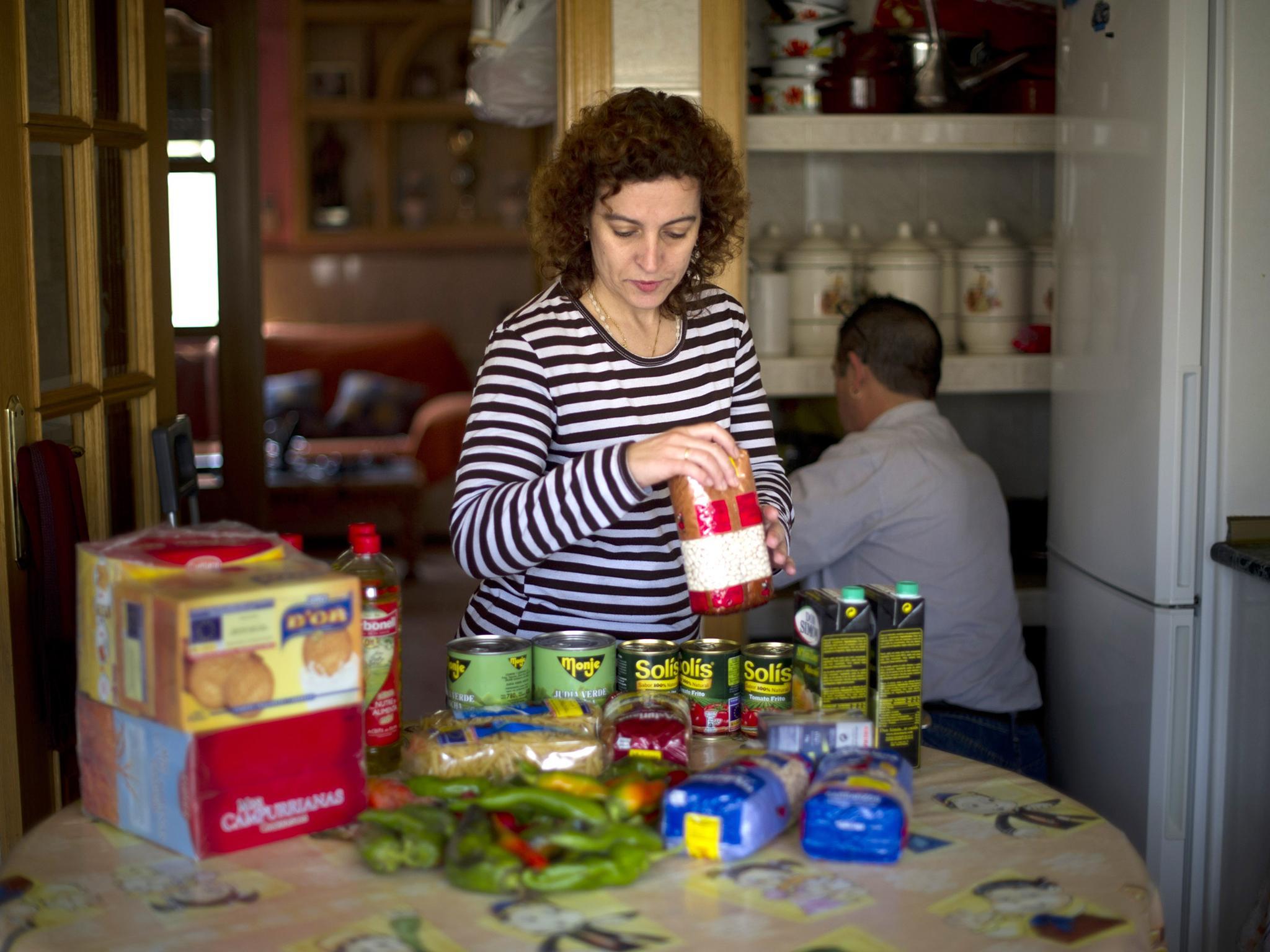Poverty is the new normal for middle-income earners
The Government boasts about its employment figures, while new research shows that middle-income earners are sliding into poverty

The word “poverty”, here in the UK at least, conjures images of a lone old lady living in one room wearing every layer of clothing she owns or a family hopeless in the face of long-term unemployment in a dank flat. It doesn’t suggest working households, and certainly not those earning what’s described as a “middle income”.
In fact, a major new study by the Institute for Fiscal Studies (IFS) has found that “the new poor” tend to live in households where there is someone in work. In fact, with unemployment figures now at an 11 year low, two thirds of children living below the government’s “absolute poverty” line – described by the Department of Work and Pensions as the minimum acceptable standard of living – are poor despite having at least one working parent.
“Given the economic recovery and cuts to benefits over the last few years we might have expected inequality to rise,” says Andrew Hood, an author of the report and a research economist at IFS. “But the combination of strong employment growth, some earnings growth for low-paid workers, and a lack of earnings growth for others, has kept inequality below its pre-recession level”.
He warned that working, middle-income households now more closely resemble poor families than they have in the past. Half are now renters rather than owner occupiers and, while poorer families have become less reliant on benefits as employment has risen, middle-income households with children now get 30 per cent of their income from benefits and tax credits, up from 22 per cent 20 years ago. Meanwhile, mothers’ earnings are increasingly important for households with children. For middle-income children the fraction of household income coming from women’s earnings rose from less than a fifth in 1994–95 to more than a quarter in 2014–15. For the poorest 20 per cent of the country it doubled.
The think tank warns that this means simply increasing the number of people in work won’t be the same quick fix for getting families out of poverty as it has in the past. The IFS is now calling on the new Prime Minister Theresa May to lift the incomes of working households if she wants to drive forward the “life changes” strategy begun by her predecessor. But the new poor is only half the story as the “new comfortable” emerge.
“Recent years have seen a truly remarkable transformation in patterns of low income in the UK,” the Institute for Fiscal Studies stated. “One great success is that pensioner incomes have grown so much and, after housing costs, they are now the least likely major demographic group to be in income poverty.” Meanwhile, how far that income stretches varies significantly by age. This week’s announcement that inflation (measured by the Consumer Prices Index prior to the Brexit vote) is currently running at 0.5 per cent hides the fact that different shopping habits mean the under 30s are experiencing inflation at almost three times the level experienced by the over 75s, according to the Aviva Age Inflation Index.
And that’s not about careless shopping habits. In areas where the young spend more of their money, such as housing and education, prices are rising compared with sectors like food and transport, where prices are falling but young adults spend less of their money. “There are two actions that the young can take,” suggests Alistair McQueen, savings and retirement manager at Aviva. “Firstly, careful and constant budgeting helps us manage the impacts of price movements. A simple understanding of money coming in and money going out will help defend us against ‘hidden’ price movements. Secondly, making any savings work harder to counter the effects of inflation makes good financial sense so people should review their finances and make sure they are making the most of any tax advantages, for example with individual savings accounts (Isas) and pensions. An Isa and a pension, with their positive tax advantages, would be a good place for many savers to begin.”
Subscribe to Independent Premium to bookmark this article
Want to bookmark your favourite articles and stories to read or reference later? Start your Independent Premium subscription today.

Join our commenting forum
Join thought-provoking conversations, follow other Independent readers and see their replies